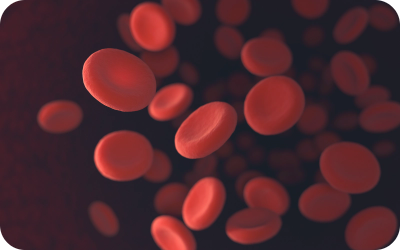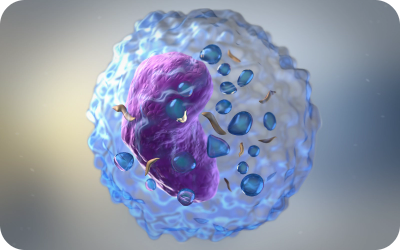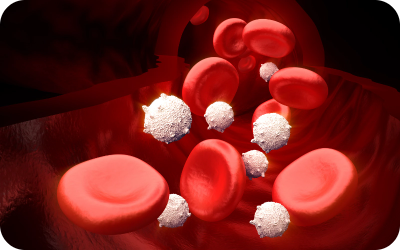Main navigation
What is umbilical cord blood?
Umbilical cord blood is the blood that remains in the umbilical cord and placenta following the birth of a baby and after the umbilical cord is cut.
Cord blood is a rich source of hematopoietic stem cells or HSCs that have the ability to differentiate into red blood cells responsible for the oxygenation of the blood, into white blood cells which assist in antibody stimulation and fight infection, and into platelets which are involved in the clotting process.
HSCs have the unique ability to differentiate into various cell types found in blood as depicted in the diagram below:






